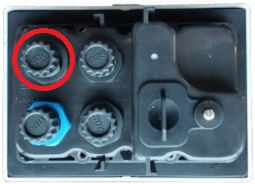Seakeeper 40 Installation Manual (90715-1)
3.0 Electrical Installation
3.1 Electrical Installation Introduction
This section for electrical installation explains how to mount the electrical equipment and how to connect the electrical cables.
Reference Documents & Drawings:
- 90710– Seakeeper 40 Cable Block Diagram
- 90716 – Seakeeper 40 Operation Manual
- 90438 – 5″ Operator Display Envelope and Mounting Details
- 90467 – Seakeeper 5″ Display Kit
- TB-90191 – Seawater Cooling Pump Recommendations
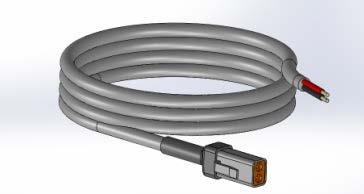
P/N 20248
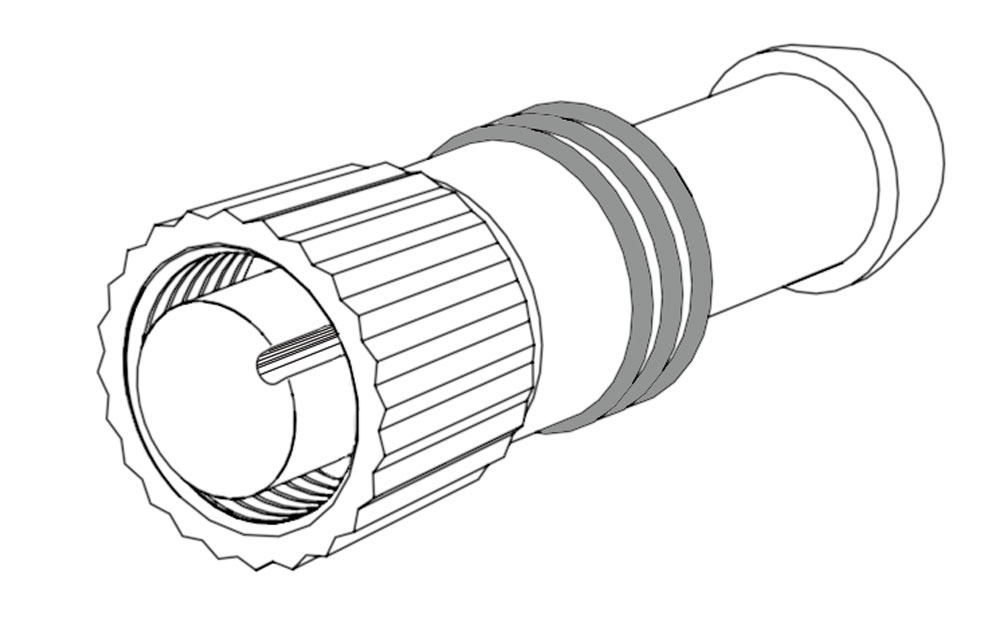
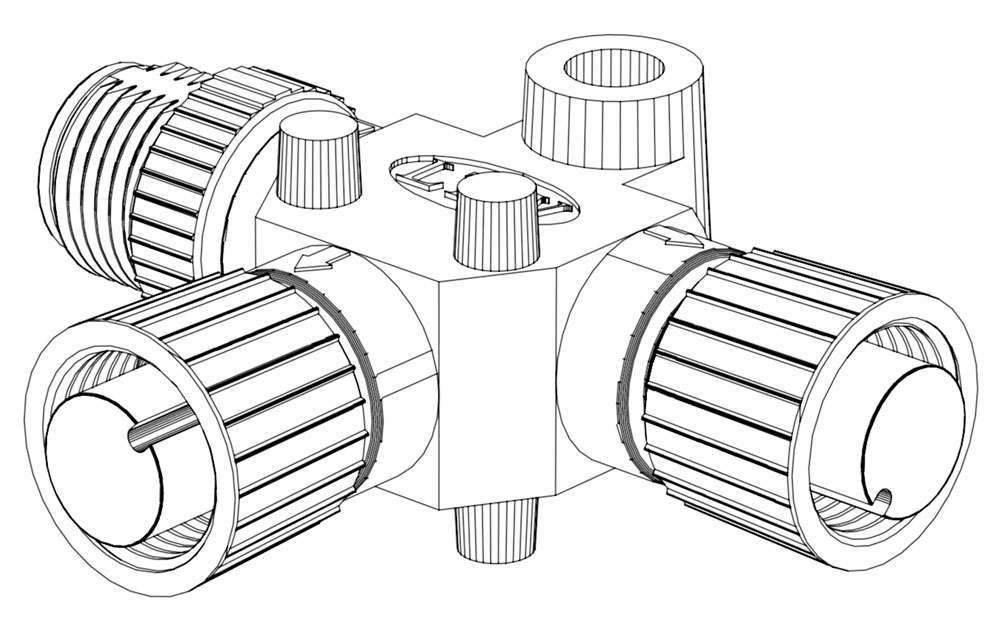
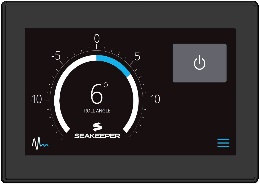
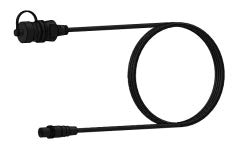
6.5 ft (2 m), P/N 30300
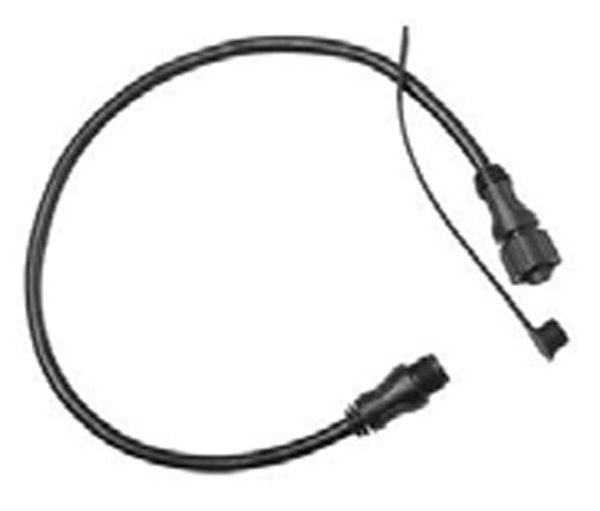
P/N 30301
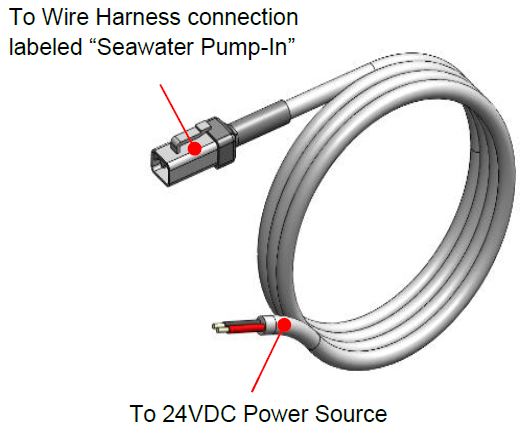
16.4 ft (5 m), P/N 20248
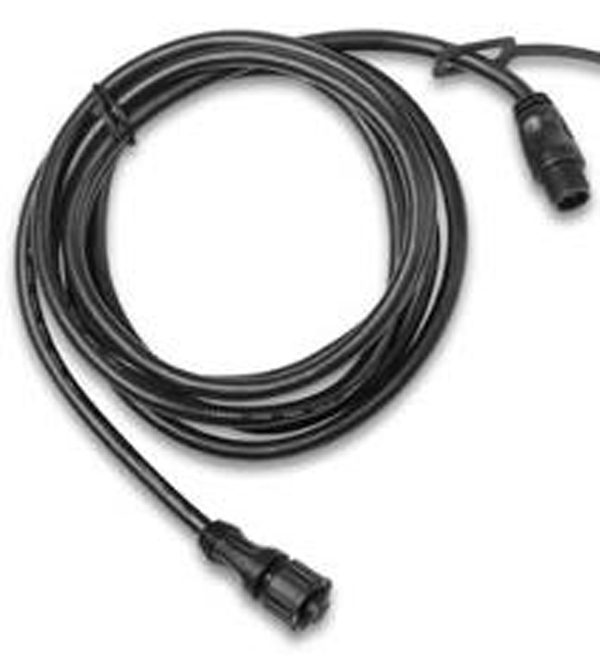
P/N 30332
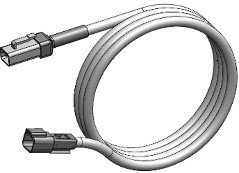
16.4 ft (5 m), P/N 20455
Figure 1 – Electrical Equipment for Seakeeper 40
3.2 Electrical Equipment Power Connections
230 VAC Power Source Requirements
- 230 VAC (nominal), 1 Phase, 50/60 Hz, 30 A
- With installations of more than one Seakeeper, a dedicated circuit breaker should be used for each Seakeeper Motor Drive Box.
Drive Box AC Power Input Connection Instructions
- AC Power Input Cable: 3 x 10 AWG (3 x 6 mm2 CSA), 10 ft (3 m) length, Seakeeper supplied pre-installed.


- For Seakeeper 40, connect 230 VAC wires in AC Input Cable to a 30 A, double-pole Circuit Breaker at an AC power distribution panel according to Figure 3 above.
24 VDC Power Input
- One 24 VDC, 15 A (Customer supplied breaker) for Seakeeper Control Power, AND
- One 24 VDC, 20 A (Customer supplied breaker) for DC Seawater Pump.
- A dedicated breaker breaker should be used for each Seakeeper control power and DC Seawater Pump source.
DC Power Connection Instructions
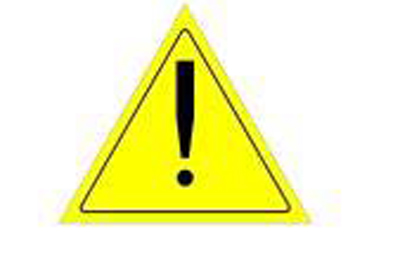
Reversing polarity on the DC power input to the Seakeeper can result in damaging the electronics in the control system.
- 24 VDC, 2 x 12 AWG (3 x 4 mm2 CSA) Seakeeper supplied.
- Install Seakeeper provided DC Power Input Cable (P/N 20248),
as shown in Drawing No. 90710 – Seakeeper 40 Cable Block Diagram.
- Route DC Power Input Cable to DC Power Distribution Panel.
- Terminate positive (B+, Red) conductor through dedicated over-current protection device (customer supplied) and a dedicated Seakeeper isolation switch (customer supplied) then directly to battery plus terminal.
- Terminate negative (B-, Black) conductor directly to battery negative terminal or negative bus.
- Before connecting DC Input Cable to Seakeeper, check for proper voltage and polarity with a DC multimeter using Figure 4 below.
- Connect DC Input Cable to 24 VDC input receptacle on Seakeeper.
- Install Seakeeper provided DC Power Input Cable (P/N 20248),
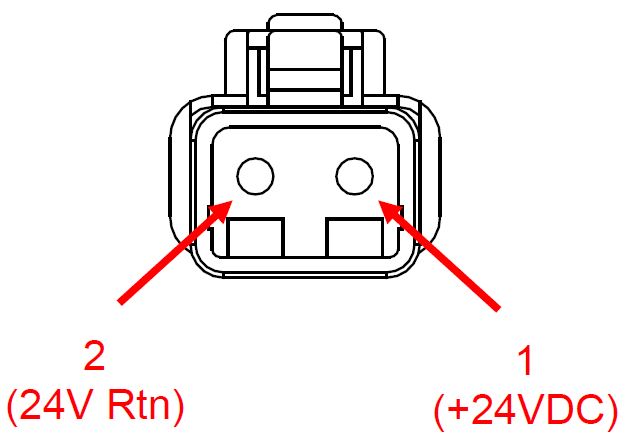

When energizing DC power for the first time, if Display does not power up immediately then disconnect and inspect connector polarity.
DC Seawater Pump 24 VDC Power Input Connection Instructions

Connecting the DC Seawater Pump in any other manner than recommended by Seakeeper may cause internal failure.
- Install Seawater Pump Input Cable (P/N 20248) to overcurrent protection corresponding to Seawater Pump selected as follows:
- Connect the 12 AWG positive conductor (Red) through dedicated overcurrent protection device (Customer supplied), maximum of 20 A, to dedicated battery isolation switch.
- Connect 12 AWG negative conductor (Black) directly to battery negative terminal or DC main negative bus bar.
- Before connecting Seawater Pump Input Cable to Seakeeper, check for proper voltage and polarity with a DC multimeter using Figure 5 below.

- Connect Seawater Pump Input Cable to “SW Pump 24 VDC In” connector on the Seakeeper.
DC Seawater Pump 24 VDC Power Output Connection Instructions
- Connect Seawater Pump Output Cable (P/N 20594) to the Seakeeper 40 “SW Pump 24 VDC Out” for DC power output to the Seawater Pump.
- Seawater Pump Output Cable is a 2 x 12 AWG cable, 16 ft (5 m) length, with a size 12 female Deutsch plug.
- Cable P/N 20594 has two ring terminals for connection to DC Seawater Pump P/N 30529. A cable option exists for attaching a Deutsch connector (as shown below). See 90710 notes for details.
- Customer-supplied pumps rated at 24 VDC, 20 A maximum, customer supplied, must be configured with a Deutsch DTP-04 series, 2-pin male receptacle (Figure 6) to mate with the Seawater Pump Output Cable female connector.

(DTP04-2P)
- Seawater Pump Output Cable must be routed and installed in the vessel from the Seakeeper 40 “SW Pump 24 VDC Out” Deutsch connector to the DC Seawater Pump cable.

Display, CAN Cable, & USB Extender Cable Connection Instructions
- 5″ Touch Display Mounting Instructions, Surface Mount
- Console space required: Approx. 5.24 W x 3.750 H in. (133 x 94 mm)
- Mounting Instructions, Surface Mount: See Drawing No. 90438 – 5″ Operator Display Envelope and Mounting Details, for dimensions and template.
- CAN Communications Tee Adapter and Terminator Mounting Instructions
- Console space required, Rear: Approx. 4 W x 3 H in. (102 x 76 mm)
- Mounting Instructions: Rear mount on vessel control panel, within 1 ft (.3 m) of Display/
- Hardware required: One mounting screw for 0.197 in. (5 mm) diameter mounting hole on Tee Adapter.
- USB Extension Cable Assembly Mounting Instructions
- Console space required: Approx. 2 W x 2 H in. (51 x 51 mm), within 5 ft (1.5 m) from Touch Display.
- Mounting instructions, Surface Mount: Use panel cutout as shown in Drawing No. 90438 – 5″ Touch Display Envelope and Mounting Details. Maximum panel thickness 1/8 in. (3.2 mm),
- Install sealed USB connector end of the extender cable assembly in panel from rear and secure with hex jam nut (provided) on front.
- Connect M12 connector end of extender cable assembly to the rear of the Touch Display on receptacle AUX.
3.3 Electrical Equipment Ground Connections
Seakeeper to Vessel Ground Connection Instructions
- Connect the Seakeeper foundation to vessel ground.
- Install Ground Cable (10 AWG or 6.0 mm2, Customer supplied) from the M6 brass ground stud on the Seakeeper rear foundation to a suitable vessel ground. The ground cable should be installed on the inside rear of the foundation as shown below. If possible, install the ground cable prior to installing the Seakeeper into the vessel. If there is no access to the ground stud from below the rear of the Seakeeper once installed, the rear cover, upper rear cover, and ECM bracket will need to be removed to access the ground stud from above the Seakeeper.

3.4 Operator Station
This section explains the connection between the Operator Station equipment and the Seakeeper.
Reference Documents & Drawings
3.4.1 Determine Location of Operator Station
- The desired location of the Operator Station must be determined with respect to the vessel arrangement.
- The operator display should be located on the bridge console.
- Figure 9 below shows the CAN bus communications link for the Operator Station. The Terminator goes on the far end of the Tee Adapter from the Seakeeper.
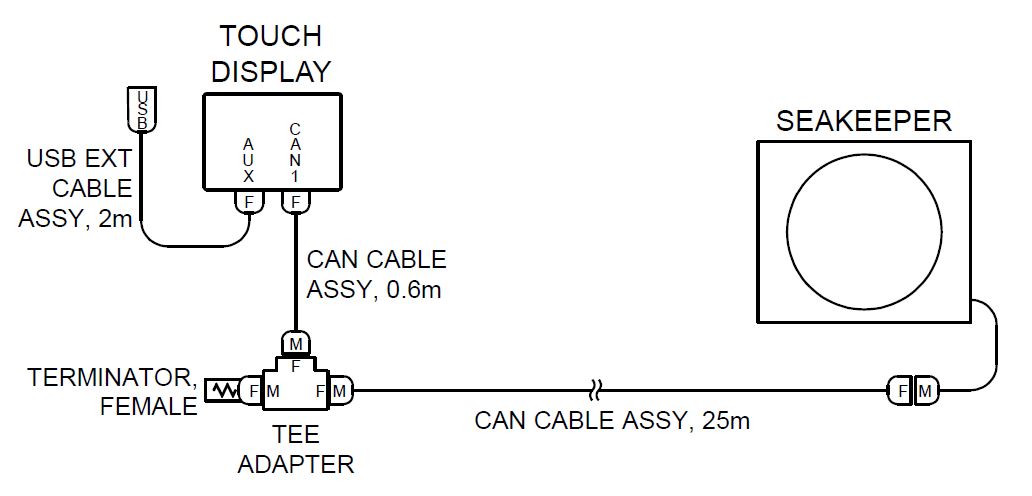
3.4.2 Route Serial Communications Cable
- The CAN Cable Assembly (P/N 30332) is a 82 FT (25 m) shielded cable and the largest connector is a molded plug with maximum outer diameter of .58 in. (14.8 mm).
- The CAN Cable Assembly must be routed and installed in the vessel from the Seakeeper (female end) to the Tee Adapter (male end) at the Operator Station.
3.4.3 Install Operator Station Equipment
- The Operator Station equipment is installed at the selected location using instructions found in Section: Electrical Equipment Power Connections.
3.4.4 Connect Operator Station Equipment
- The Operator Station equipment is electrically connected in accordance with Drawing No. 90710 – Seakeeper 40 Cable Block Diagram.
3.4.5 Optional 2nd Operator Station
- The desired location of the 2nd Operator Station must be determined with respect to the 1st Operator Station and the vessel arrangement.
- Typical locations include:
- Flybridge
- Engine room
Determine Cabling Arrangement
- Figure 10 shows the entire serial communications link for the optional 2nd Operator Station. The Terminator must be installed on the Tee Adapter farthest from the Seakeeper.
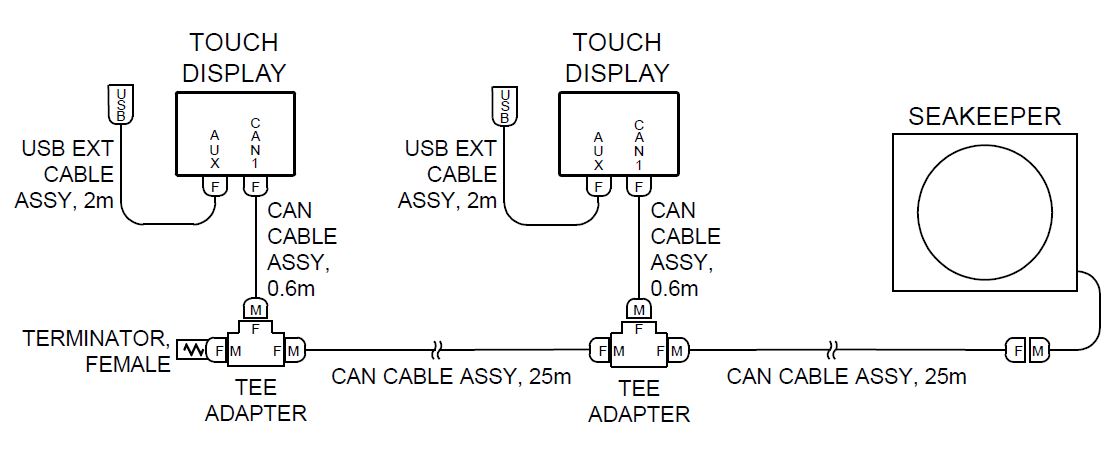
- The Operator Station nearest the Seakeeper should be connected to the CAN Cable Assembly.
Route 2nd Operator Station Cable
- A second CAN Cable Assembly (P/N 30332), also a 25 m shielded cable, and the largest connector is a molded plug with maximum outer diameter of .58 in. (14.8 mm).
- The additional CAN Cable Assembly must be routed in the vessel from the 1st Operator Station (female end) to the 2nd (male end) Operator Station.
Install 2nd Operator Station
- The 2nd Operator Station equipment is installed at the determined location using instructions found in Section: Electrical Equipment Mounting.
Connect 2nd Operator Station Equipment
- The 2nd Operator Station equipment is connected in accordance with Figure 10 and Drawing No. 90467 – Helm Display 2nd Operator Station.
3.5 Multifunction Display (MFD) Connection
Reference Documents
- 90710 – Seakeeper 40 Cable Block Diagram
- TB-90478 – Garmin and Seakeeper Compatibility
- TB-90479 – Raymarine and Seakeeper Compatibility
- TB-90480 – NAVICO (Simrad / Lowrance / B&G) and Seakeeper Compatibility
- TB-90598 – Furuno and Seakeeper Compatibility
- The Seakeeper can be connected to a variety of available MFD systems. Refer to the Technical Bulletins Section of the Seakeeper Technical Library for manufacturer specific MFD compatibility technical bulletins.
- MFD specific Technical Bulletins will be updated regularly as new MFD systems become compatible. Currently GARMIN, RAYMARINE, SIMRAD, and FURUNO offer compatible MFD models.
- Once a compatible MFD has been selected, refer to the appropriate manufacturer specific Technical Bulletin for integration instructions.
- Connect Ethernet D-Code Adapter Cable 32.8 ft (10 m) cable, (P/N 30330), to MFD manufacturer-specific Ethernet adapter cable. Custom Ethernet cables for specific MFD manufacturers are available through Seakeeper and must be purchased if connecting to an MFD. Connect the Ethernet D-Code Adapter Cable according to Figure 11. The ethernet port on the back of the display is shown in Figure 12.

